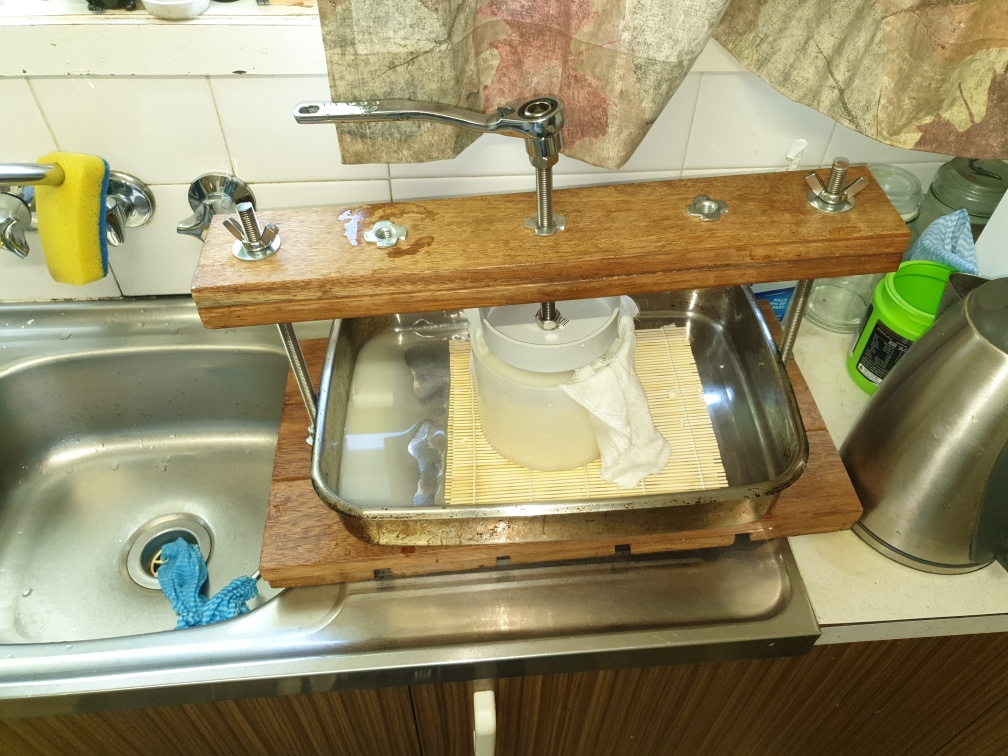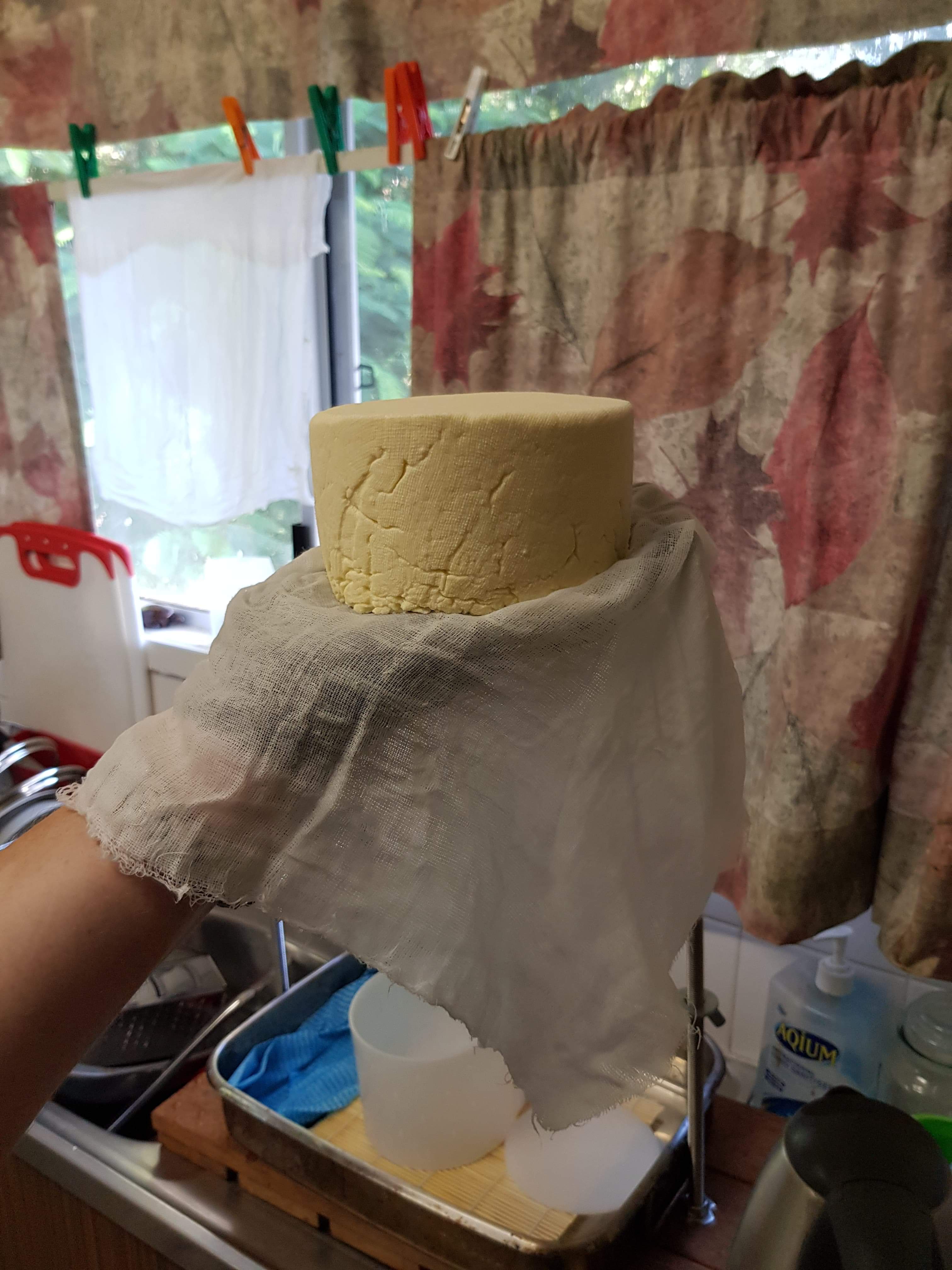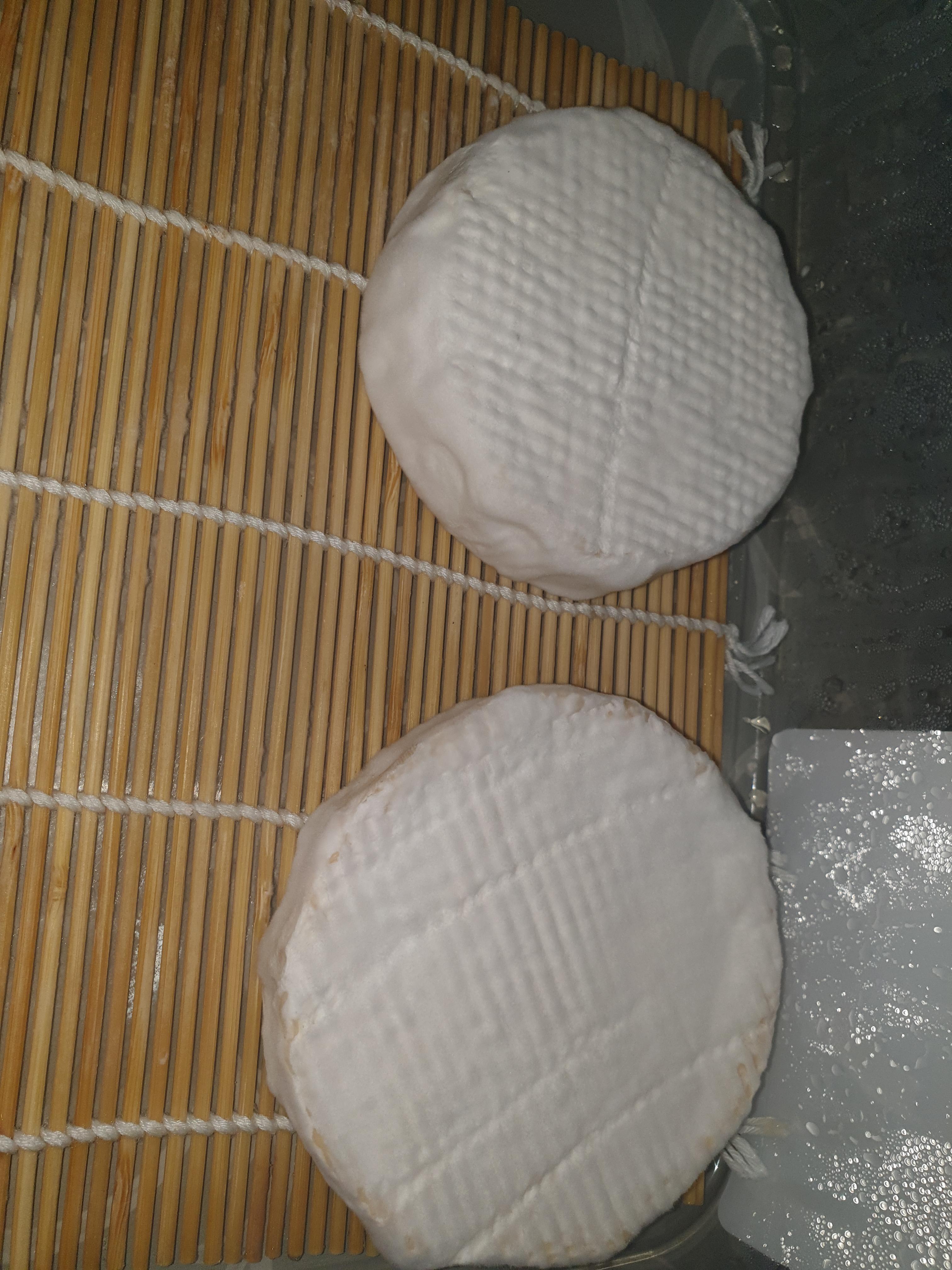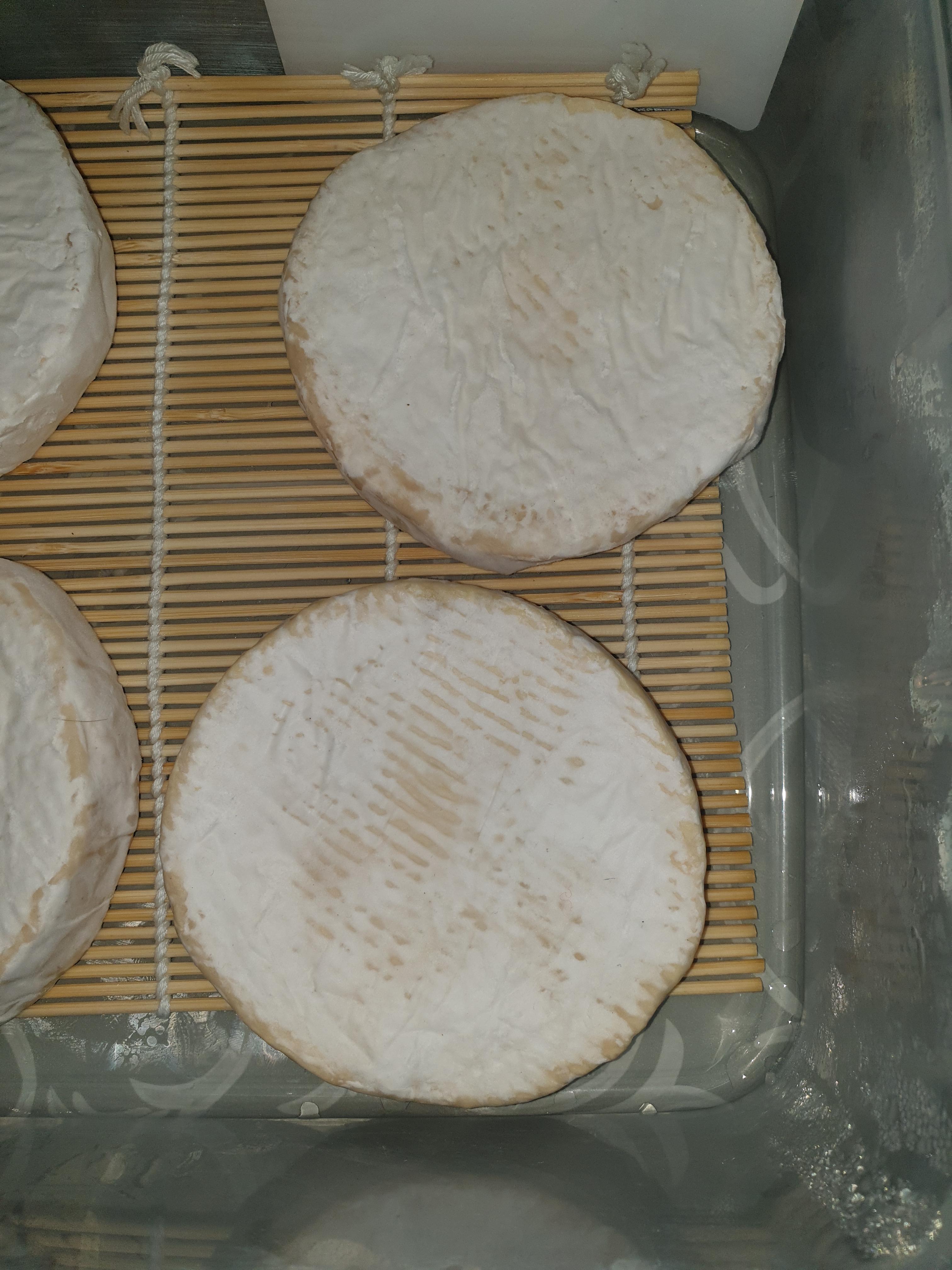Hello all just starting my cheese adventure and gathering items hope to get my press made this week.
I have the very basics straight in my mind and I am just wondering about the pressing draining stage. Does ambiant temp play a crucial role while pressing draining the whey? I am in a hot climate(not unusual to hit 30c even in middle of night) and am worried the curd will go off while draining. Especially with brie which I believe drains at room temp 3days.
I plan to have my press and curd in a sealed box with a sealed path to a bucket to hold the whey to stop insect activity.
I signed up for cheese forum and never recieved an activation email and tried curd nerd forum but it does not display the captcha so I cant post.
The standard baby brie mould anyone have an idea how many of these curd from 6l milk will fill?
I am setting up my anovo sous vide as a double boiler for setting the curd.
And I have a bar fridge I am converting to a cave.
Thanks in advance and I look forward to plenty reading here.
I have the very basics straight in my mind and I am just wondering about the pressing draining stage. Does ambiant temp play a crucial role while pressing draining the whey? I am in a hot climate(not unusual to hit 30c even in middle of night) and am worried the curd will go off while draining. Especially with brie which I believe drains at room temp 3days.
I plan to have my press and curd in a sealed box with a sealed path to a bucket to hold the whey to stop insect activity.
I signed up for cheese forum and never recieved an activation email and tried curd nerd forum but it does not display the captcha so I cant post.
The standard baby brie mould anyone have an idea how many of these curd from 6l milk will fill?
I am setting up my anovo sous vide as a double boiler for setting the curd.
And I have a bar fridge I am converting to a cave.
Thanks in advance and I look forward to plenty reading here.








